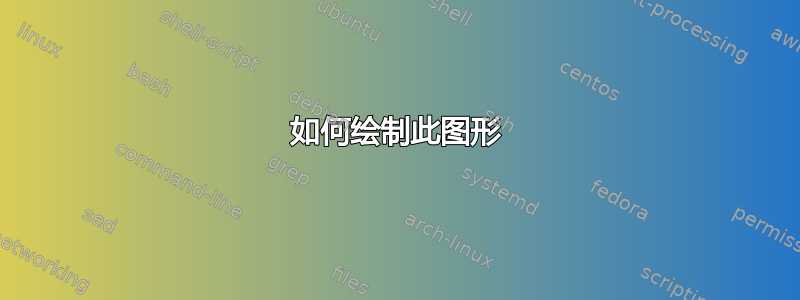
请您帮我画一下这个图好吗?
我将此代码用于另一个项目:
\documentclass[11pt,a4paper]{article}
\usepackage[utf8]{inputenc}
\usepackage[francais]{babel}
\usepackage[T1]{fontenc}
\usepackage{amsmath}
\usepackage{amsfonts}
\usepackage{amssymb}
\usepackage{lmodern}
\usepackage{graphicx}
\usepackage{fullpage}
\usepackage[version=4]{mhchem}
\usepackage[left=1cm,right=2cm,top=1cm,bottom=1.5cm]{geometry}
\usepackage{pgfplots}
\usepackage{etoolbox}
\usepackage{geometry}
\begin{document}
\begin{tikzpicture}
\begin{axis}[
scale only axis, % The height and width argument only apply to the actual axis
height=5cm,
width=0.9\textwidth,
axis x line=bottom,
axis y line = left,
title={Évolution de la conductivité du mélange au cours du dosage},
xlabel={Volume du nitrate d'argent ajouté en mL},
ylabel={Conductivité en µS/cm},
xmin=0, xmax=25,
ymin=640, ymax=780,
xtick={0,5,10,15,20,25},
ytick={640,660,680,700,720,740,760,780},
legend pos=north west,
ymajorgrids=false,
grid style=dashed,
%width=\textwidth,
minor x tick num=4,
major tick length=0.3cm,
minor tick length=0.15cm,
]
\addplot[
%color=blue,
only marks, %seulement les poins sans trait
%mark=square,
%mark=halfcircle,
mark=*,
mark size=1pt
]
coordinates {
(0,730)(4,710)(6,700)(10,680)
};
\addplot[
%color=red,
only marks,
%mark=square,
%mark=halfcircle,
mark=*,
mark size=1pt
]
coordinates {
(16,680)(18,700)(20,720)
};
\end{axis}
\end{tikzpicture}
\end{document}
答案1
再举一个 pure 的例子tikz:
\documentclass[border=3.141529]{standalone}
\usepackage[francais]{babel}
\usepackage{tikz}
\usepackage[version=4]{mhchem}
\begin{document}
\begin{tikzpicture}
% axis
\draw[->] (-1,0) --
( 0,0) node[above left] {$i$} -- ++
( 5,0) node[below left] {Vol(R)};
\draw[->] (0,-3) -- ++ (0,4);
%
\path[draw=red, thick]
(0,-2) node[left] {$i_0$}
node[right] {\ce{Pb^++ v}} --
(2, 0) node[above] {Pt éq $(i \approx i_R)$} --
(4,-2) node[left] {\ce{CrO_4^-- ^}};
\draw[thick, densely dotted]
(0,-1.9) .. controls + (2.4,2.1) and + (-2.4,2.1) .. (4,-1.9);
%
\path[draw=green, densely dashed]
(0,-1) node[left] {$i_1$}
-| (1,0)
node[pos=0.5, inner sep=1pt,text=gray, below right] {$\mathrm{E}_1$};
\end{tikzpicture}
\end{document}
答案2
这里只有一个简单的 tikz 作为开始:
\documentclass[border=3.141cm]{standalone}
\usepackage{tikz}
\usepackage[version=4]{mhchem}
\begin{document}
\begin{tikzpicture}
\draw[->] (0,1) -- (0,5);
\draw[->] (-1,4) -- (5,4);
\node[yshift=-0.5cm,xshift=-0.5cm] at(0,5) {$i$};
\node[xshift=-0.5cm] at(0,3) {$i_{1}$};
\node[xshift=-0.5cm] at(0,2) {$i_{0}$};
\node[yshift=0.5cm,xshift=-0.5cm] at(5,3) {Vol (R)};
\node at(2.5,4.5) {$Pt\,\acute{e}q\,(i \approx i_{R})$};
\draw[thick, red] (0,2) -- (2,4) -- (4,2);
\draw[thick, rounded corners,dashed] (0,2.1) -- (2,3.9) -- (4.1,2);
\node at(1,2) {\ce{Pb^++ v}};
\node at(3,1.95) {\ce{CrO_4^-- ^}};
\draw[dashed,green] (0,3) -- (1,3) --(1,4);
\node[gray!40] at(1.25,2.75) {E\textsubscript{1}};
\end{tikzpicture}
\end{document}





